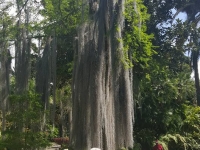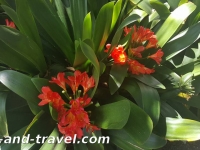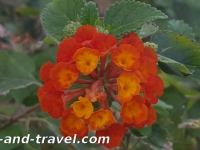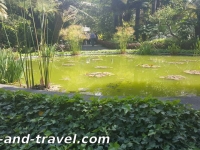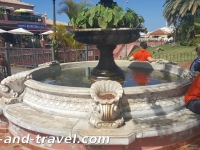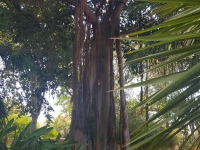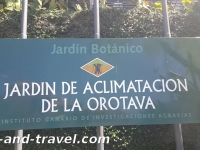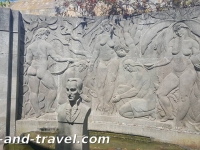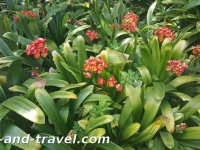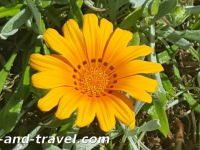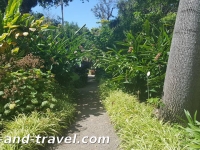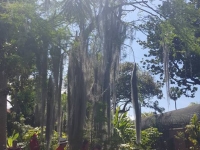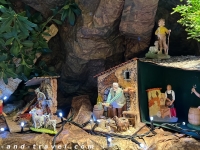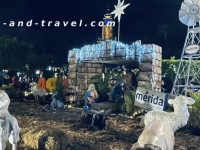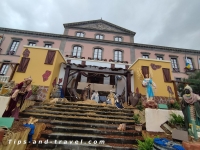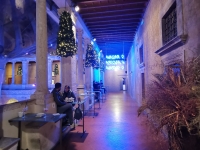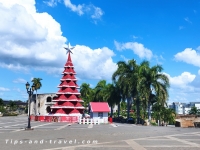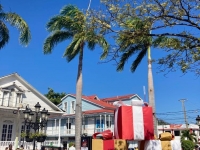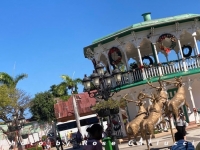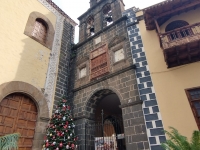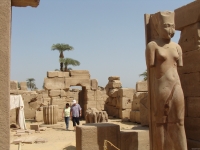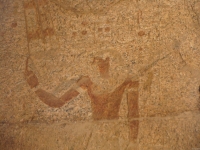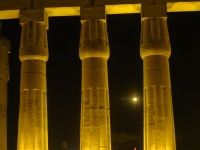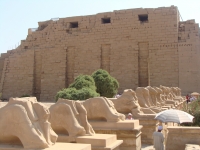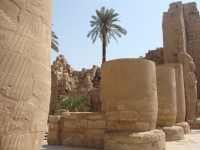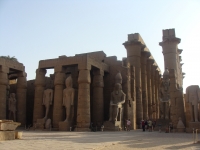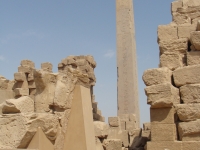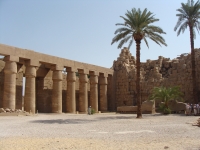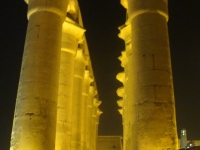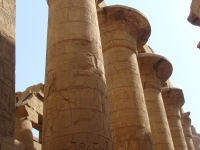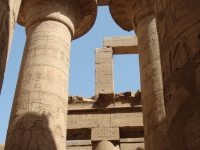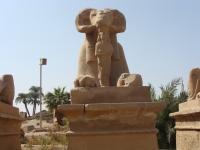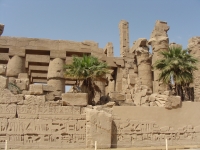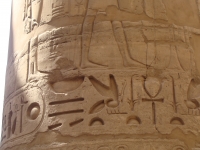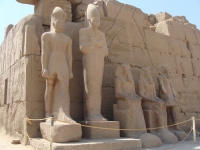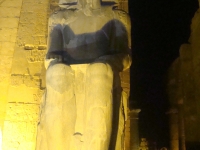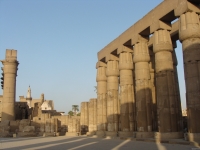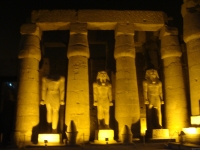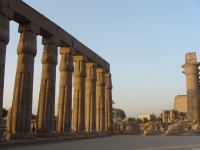The Acclimatization Garden of La Orotava is located in Port de la Cruz, in the north of the island of Tenerife; also known as the Botanical Garden of Port de la Cruz. It was created by the Royal Order of King Carlos III, on August 17th , 1788, to be able to cultivate species from the tropics in a place of the Spanish territory. Two years later, the garden was already on site according to the original project and two years later new plantations were added. The garden enjoyed a moment of splendor thanks to the gardener Hermann Wildpret in the mid-nineteenth century. From 1941, the National Institute of Agricultural Research took the direction of the garden. You can find more than 3,000 species mostly exotic plants. One of the most popular species is the ficus with enormous roots dug up. You will also find orchids, Canary Islands dragon trees and palm trees among others. Several sculptures, streams and waterfalls also contribute to the beauty of the garden. The garden is open to the public throughout the year. There is also a library and a herbarium that you can visit and consult from Monday to Friday morning by appointment.
Tips
You can visit the garden from 09:00 to 18:00. On New Year’s Day, Easter Friday and Christmas Day, the garden is closed to the public.
Bring your camera to take beautiful pictures of this exuberant vegetation.
Wear comfortable shoes because it’s the perfect place to take a nice walk.


